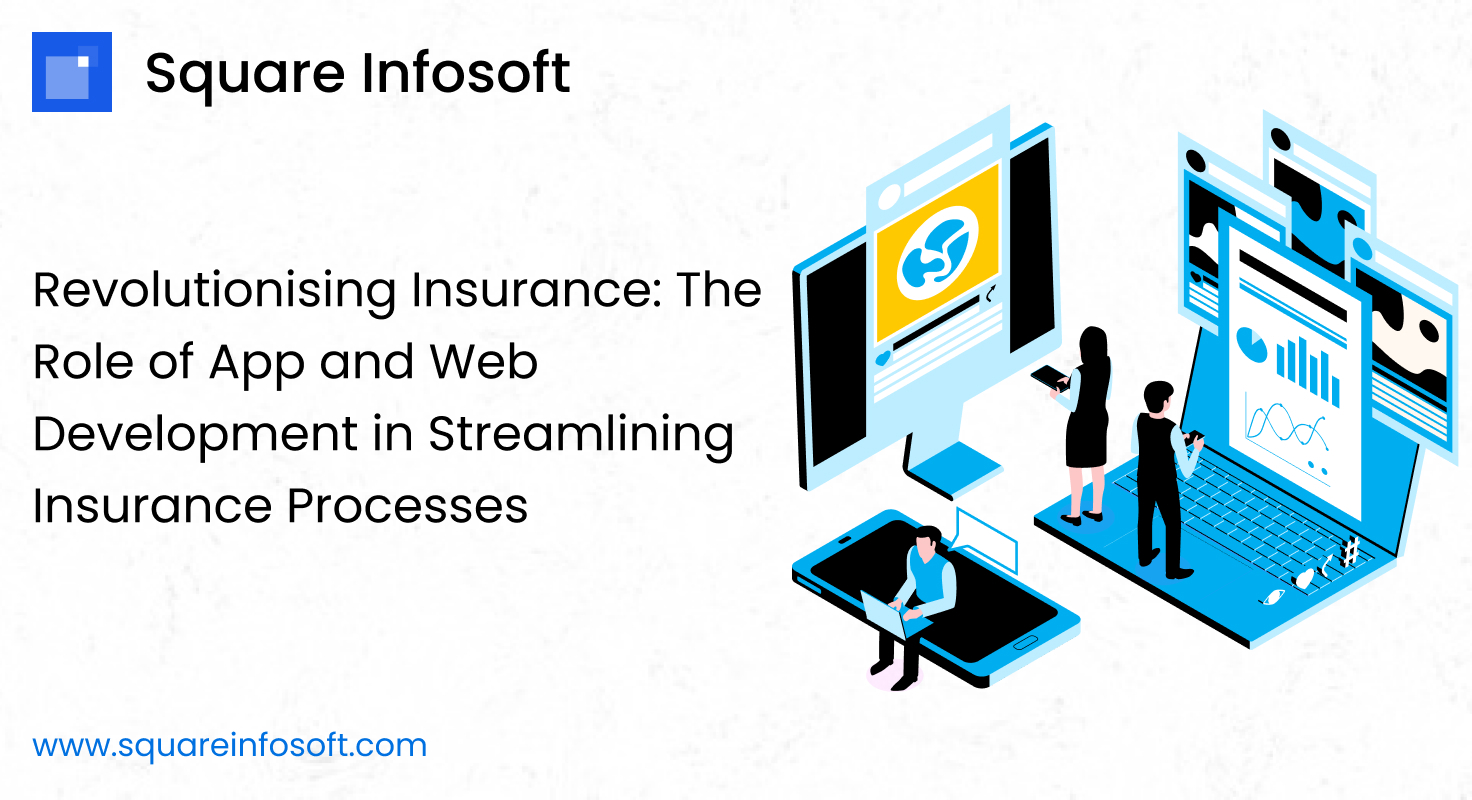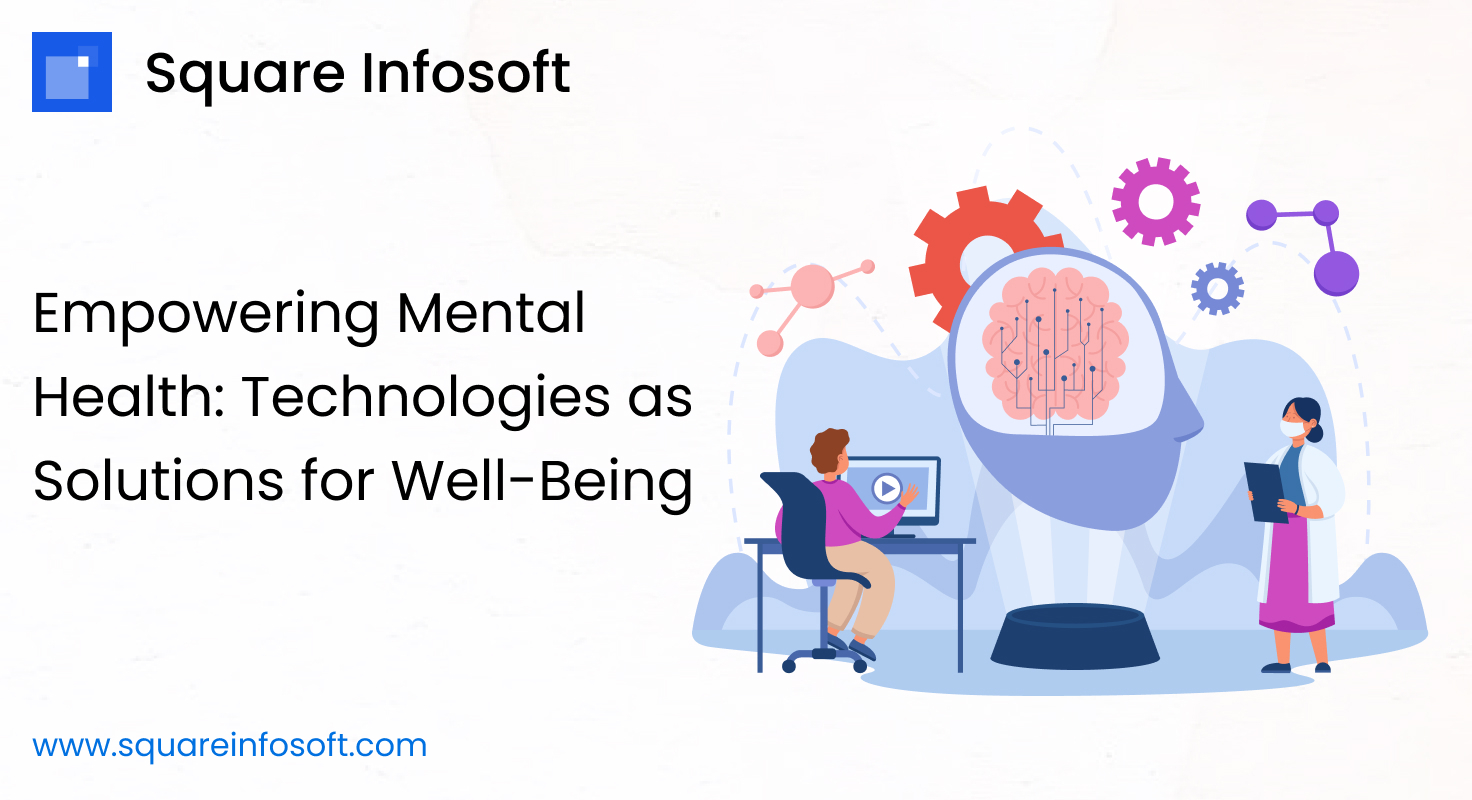Several Android development trends were gaining momentum. However, since my knowledge is not current, I can provide some trends that were relevant at that time. It’s essential to verify with up-to-date sources for the latest trends in 2023. Here are some trends to consider from last update:
- Kotlin Adoption:
- Kotlin had been steadily gaining popularity as the preferred programming language for Android development due to its conciseness, safety, and interoperability with Java. Kotlin, a modern programming language developed by JetBrains, has been steadily gaining popularity among Android developers since Google announced official support for it in 2017. Kotlin offers concise syntax, null safety, and interoperability with Java, making it an attractive choice for Android app development. As of now, Kotlin has become the preferred language for new Android projects, and its adoption is expected to continue growing.
- Jetpack Compose:
- Jetpack Compose is a modern UI toolkit for building native Android UIs declaratively using Kotlin. It simplifies UI development by allowing developers to define UI components and their behavior in a concise and intuitive manner. With features like state management, composables, and animations, Jetpack Compose aims to improve developer productivity and enable faster UI development. As of my last update, Jetpack Compose was gaining traction among Android developers, and its adoption was expected to increase as it matures.
- Machine Learning and AI Integration:
- Machine Learning (ML) and Artificial Intelligence (AI) have become integral parts of modern mobile applications, including Android apps. With frameworks like TensorFlow Lite and ML Kit, developers can easily integrate ML and AI capabilities into their Android apps, such as image recognition, natural language processing, and recommendation systems. As ML and AI technologies continue to advance, their integration into Android apps is expected to grow, enabling more intelligent and personalized user experiences.
- Instant Apps:
- Instant Apps allow users to experience Android apps without the need for installation. They are smaller in size and offer instant access to specific features or content, improving user engagement and reducing friction in the user journey. Instant Apps are particularly beneficial for businesses seeking to provide a seamless and frictionless user experience. As of my last update, Instant Apps were gaining traction, especially in industries like e-commerce, gaming, and content publishing.
- Internet of Things (IoT) Integration:
- The proliferation of IoT devices has opened up new opportunities for Android app developers to create innovative solutions that integrate with connected devices. Android’s support for IoT protocols like Bluetooth Low Energy (BLE), Wi-Fi, and NFC enables developers to build apps that control smart home devices, wearable devices, and other IoT gadgets. As the IoT ecosystem continues to expand, Android app developers are expected to leverage IoT integration to create smarter and more connected experiences for users.
- 5G Technology:
- The rollout of 5G technology promises faster data speeds, lower latency, and increased network capacity, which will have a significant impact on the capabilities of Android apps. With 5G, developers can create immersive experiences, such as high-definition streaming, real-time multiplayer gaming, augmented reality (AR), and virtual reality (VR). As 5G networks become more widespread, Android app developers will need to optimize their apps to take advantage of the increased bandwidth and lower latency offered by 5G technology.
- Privacy and Security:
- With growing concerns about data privacy and security, Android app developers are increasingly focusing on implementing robust security measures and complying with privacy regulations such as GDPR and CCPA. This includes adopting secure coding practices, encrypting sensitive data, implementing biometric authentication, and providing users with transparent privacy controls. As privacy regulations become stricter and users become more conscious of their data privacy, ensuring privacy and security will remain a top priority for Android app developers.
- Foldable Devices and Multi-Form Factor Support:
- The emergence of foldable smartphones and other innovative form factors presents new opportunities and challenges for Android app developers. Developers need to ensure that their apps are optimized for various screen sizes, resolutions, and form factors to deliver a consistent and seamless user experience across different devices. This includes adapting UI layouts, navigation patterns, and interaction models to accommodate foldable displays and other non-traditional form factors.
- These trends were shaping the landscape of Android development as of my last update. However, it’s important to note that the technology landscape is constantly evolving, and new trends may emerge over time. Keeping abreast of the latest developments and innovations in Android development is essential for staying competitive in the ever-changing mobile app industry.
Remember that technology trends evolve rapidly, and new trends may have emerged or gained prominence since my last update. To stay up-to-date with the latest Android development trends.




